California grant of $3 million in surveillance technology shows little results

Oakland Privacy, by Tracy Rosenberg, February 17, 2023
After a spate of highly publicized freeway shootings on the Highway 4 and Interstate 8- corridors in Contra Costa County, the Freeway Security Network was installed with a 3.5 million dollar grant from the California State Transportation Authority. The FSN is an interconnected network of cameras, automated license plate readers and gunshot detection microphones along the targeted highways. The East Bay mayors of Pittsburg, Antioch, Pinole, Hercules San Pablo and Richmond joined the regional collaborative in 2017. The network was described as a “gamechanger” by the East Bay Times in December of 2017.
By October of 2019, the Freeway Security Network was operating with 24 surveillance cameras, 165 gunshot detection microphones, and 32 automated license plate readers (ALPR) installed along State Highway 4 and Interstate 80. In a year, the system scanned 283 million license plates at a rate of 155,000 a day.
The California Highway Patrol was required to submit an annual fiscal report documenting the productivity of the Freeway Security Network. The initial report for the first year of full operations was acquired by Oakland Privacy via a public records request.
In 2018 and 2019, the Freeway Security Network corridor saw 8 freeway shootings annually. In the six months following the activation of the surveillance network, freeway shootings in the corridor exploded upwards with 14 recorded shootings in the period January 2020 to June 2020. This article from KTVU describes the continuation of the upward trend in 2021.
There was no deterrent effect from the Freeway Surveillance Network. But surely 3 million dollars in surveillance technology led to the capture of suspects in at least one of the 14 freeway shootings in 2020? According to the report, it did not.
The report did mention four incidents where suspects were arrested for open crimes, including one carjacking, two burglaries and one case of “other crimes” in the initial year of operations, but not one single freeway shooting. Closing those four cases cost California’s taxpayers $875,000 each. By any standard, that is a low return on investment.
The Contra Costa Sheriff’s office also paid out $50,000 when a member of Oakland’s Privacy Commission was erroneously pulled over and faced a gun to his head over Thanksgiving weekend over a rental vehicle that had previously been reported stolen and then was rented out again without clearing the stolen vehicle alert.
If large sums of money are invested in surveillance technology to respond to headlines about freeway shootings, the follow-up process to see if freeway shootings actually did decrease or at the very least, the people who did these shootings were captured, can’t be short-circuited. The Freeway Security Network hasn’t, to date, worked. Statements that more freeway surveillance on other parts of Interstate 80 or other highways across the Bay Area, including from the governor, the former mayor of Oakland and other public officials, are ignoring these results which are public for the first time. Whenever we invest millions of dollars in surveillance technology, these millions of dollars are not available for other pressing needs, including public education, health care, libraries, parks and housing assistance. Before we further defund public services to pay for surveillance, we should demand to see significant and measurable results in reducing freeway shootings. We don’t have them.
Tracy Rosenberg is the advocacy director at Oakland Privacy https://oaklandprivacy.org













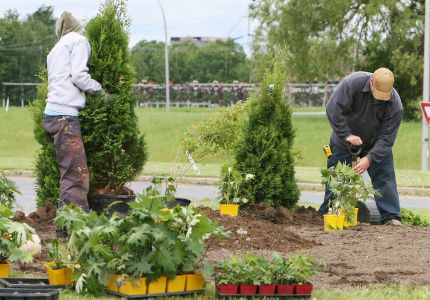
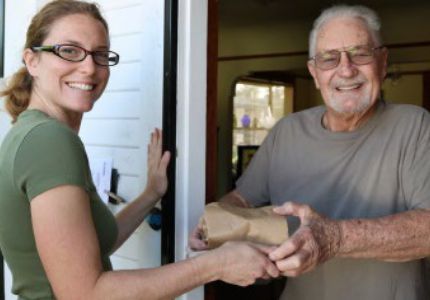
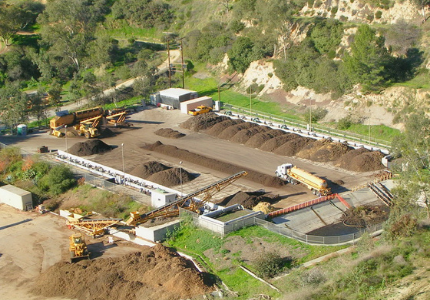
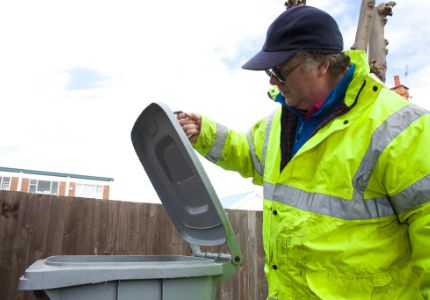

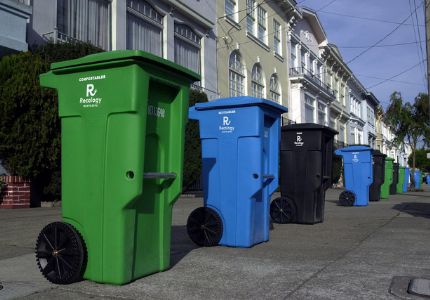


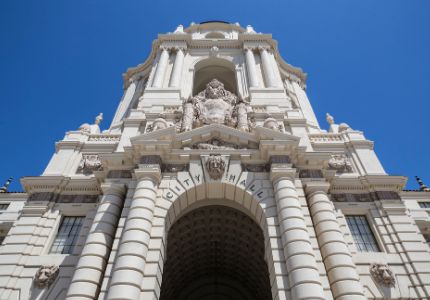

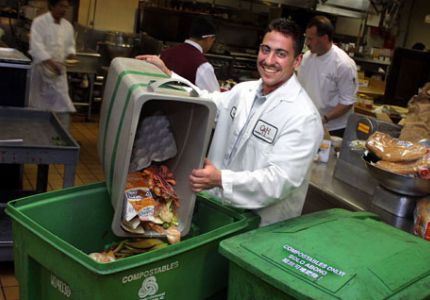
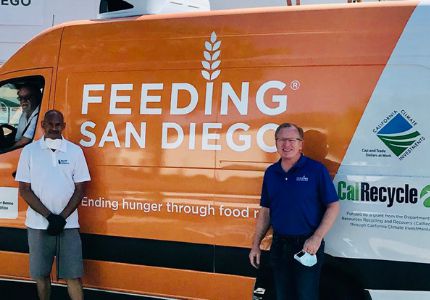
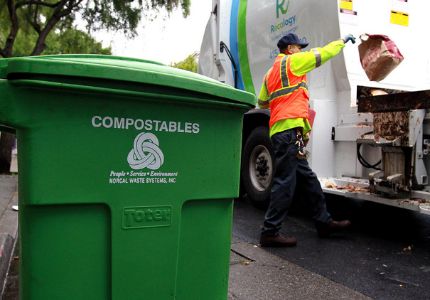
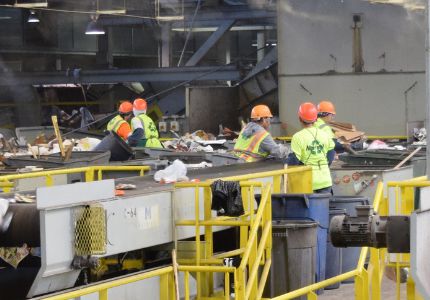
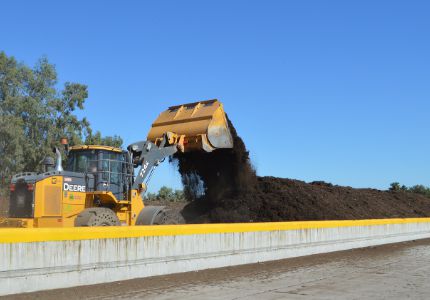

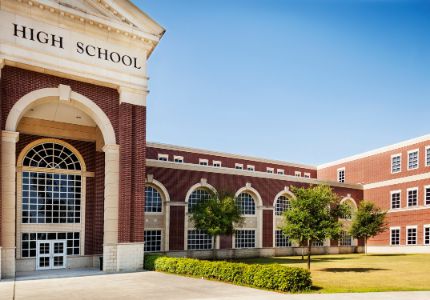
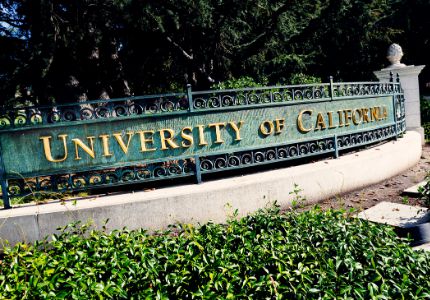

You must be logged in to post a comment.